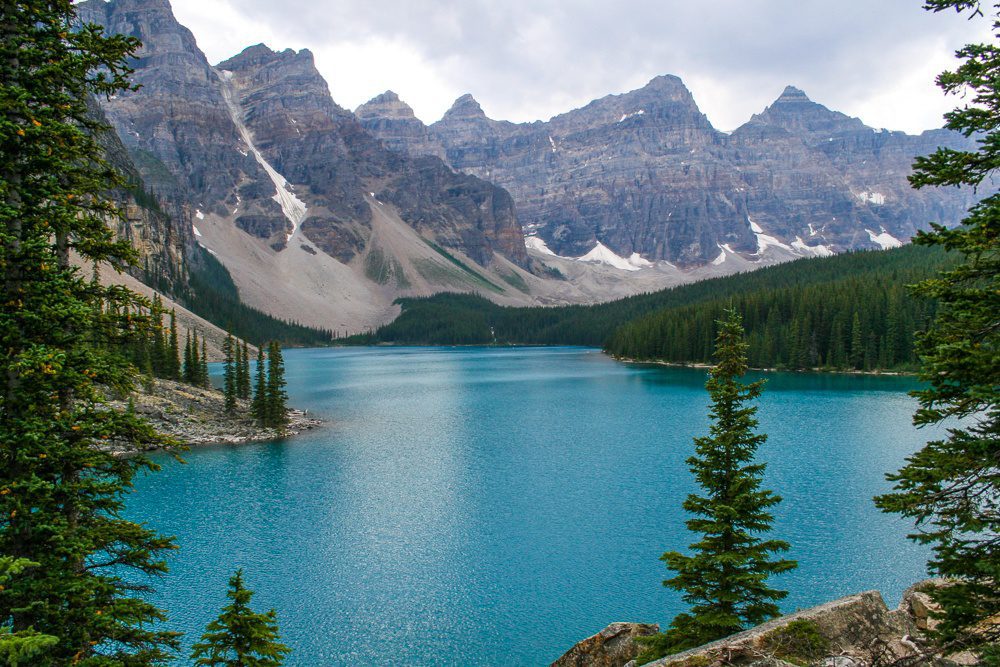Budapest is a true European gem with a casual, hip vibe.
Despite a turbulent past, reflected in the city’s culture, food, politics, and architecture, Budapest shines through the grit and will dazzle you with its stunning sights and squares near and along the banks of the Danube River and up along its hilly slopes.
It’s a must-see city if you’re traveling to Eastern Europe. So, in this travel guide for Budapest, you’ll find ideas about what to do in Budapest, get helpful Budapest tips, and advice on where to stay in Budapest especially if it’s your first time in the city.
Ready to visit Budapest? Let’s go!
Travel Guide for Budapest: A Cheat Sheet for First-Timers
As a Budapest visitor, you’ll see evidence of Budapest’s past in the form of its architecture, culture, monuments, religious and political buildings, and even the city’s overall layout.
Budapest was formed officially in 1873 when the 3 adjacent cities of Buda, Pest, and Obuda joined into a single capital city. Today when you visit Budapest, you’ll see the Danube River. Pest was on the east side of the river where the Parliament Building sits. Buda and Obuda were on the west side, where Fisherman’s Bastion and Castle Hill are.
The Chain Bridge links the 2 sides, having served as a connecting point since the mid-1800s.
Where is Budapest?
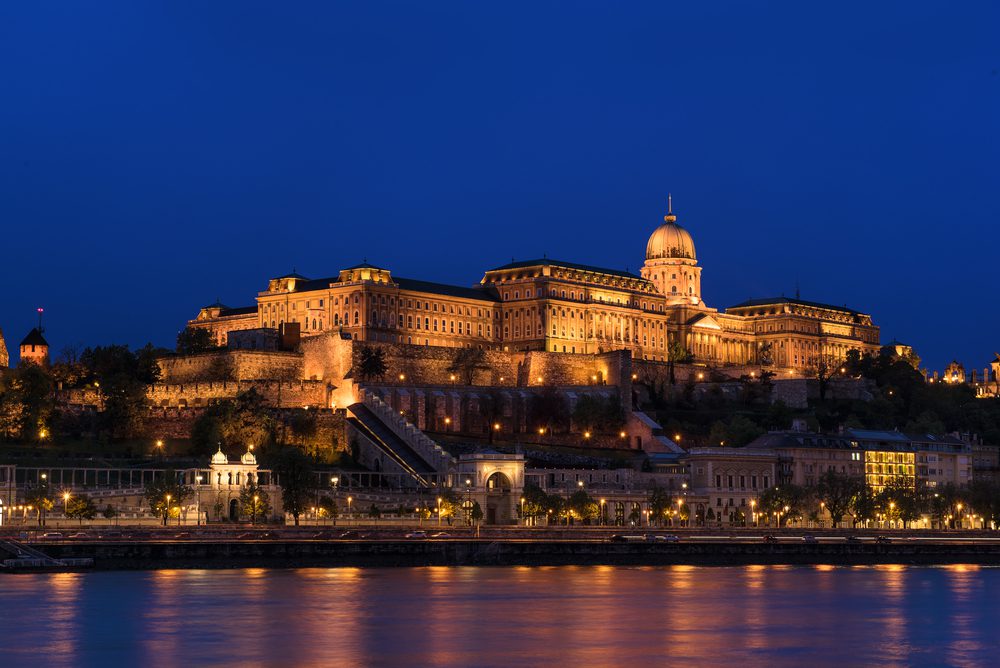
Budapest is the capital of Hungary. The country is bordered by Slovakia, Austria, Slovenia, Croatia, Serbia, Romania, and Ukraine. Budapest is well connected by train to many other European cities.
Budapest to Vienna is only 2 1/2 hours on the high-speed train. Bratislava from Budapest is about the same if you take the fastest trains. Prague is 6 1/2 hours away by train.
This is why a common trip to Prague, Vienna, and Budapest goes in that exact order. Fly into Prague and depart from Budapest with time in Vienna in between. The train trips between Prague and Vienna and then Vienna to Budapest are more than reasonable. It’s exactly what I did with my hubby on my first trip to Budapest.
What to Do in Budapest
Spending 2-3 days in Budapest will give you enough time to see and do first-timer musts. It’s likely, though, after spending time in this still (somewhat) off-the-beaten-path city, you’ll be thinking about your next visit to Budapest. (I was so happy to return!)
Start by Riding the #2 Tram.
This tram goes along the Danube on the Pest side of the river and gives a sense of how the former cities of Buda and Pest are situated. Tickets are easily purchased in a metro station. The ride will give you a glimpse of Budapest’s major sights, too, including the Buda hills where Castle Hill is, the Parliament building, and the Chain Bridge.
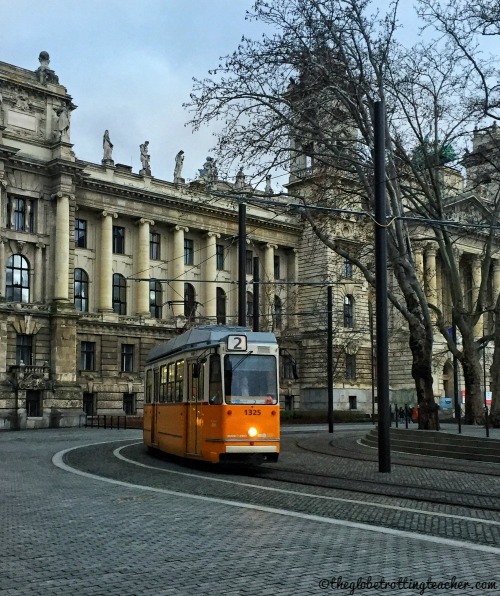
If you prefer a guided tour to orient yourself, check out Budapest Free Walking Tours. They offer daily tours at 10:30 a.m. and 4:30 p.m. that depart from Elisabeth Square, not far from the Budapest Eye Ferris wheel. This Budapest Tour is meant to help you understand the basics of Budapest.
You can reserve a spot on their website and no obligation to stay for the entire tour. Just remember, that if you’re happy with your guide, make sure to tip them what you can at the end of the tour.
Don’t Miss the Views on Spectacular Castle Hill.
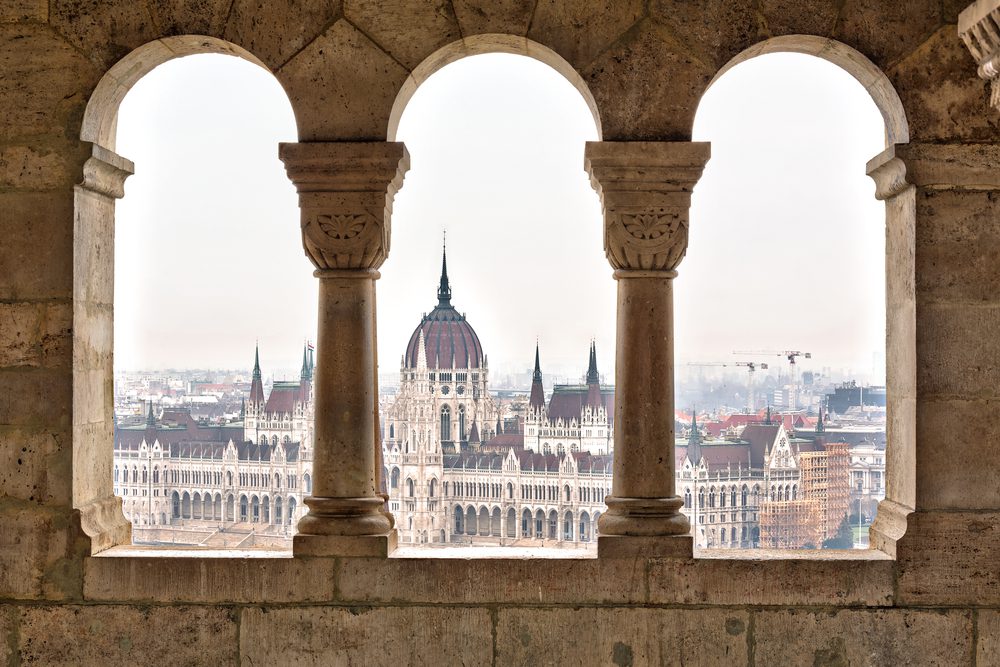
After this introduction to the city, walk across the Chain Bridge. From there walk or take the funicular up to Castle Hill. The funicular is on the Buda side and is undoubtedly easier than the walk. However, the walk up is not overly difficult and scenic along the way.
Once at the top, though, you’ll be rewarded with sweeping panoramic views of the city and the Danube. The views are absolutely breathtaking!
Do Some Castle Hill Sightseeing.
On Castle Hill, spend the morning or afternoon visiting the Royal Palace, Mathias Church, and Fisherman’s Bastion. You can walk around independently or go on a Buda Castle Walking Tour with a guide for more context.
Fisherman’s Bastion is part of Buda Castle and history says that fishermen back in the Middle Ages lived just below the castle walls and served as a line of defense protecting the castle. Today, the terraces along the walls that stretch opposite the Danube provide the lookouts over the river and city below.
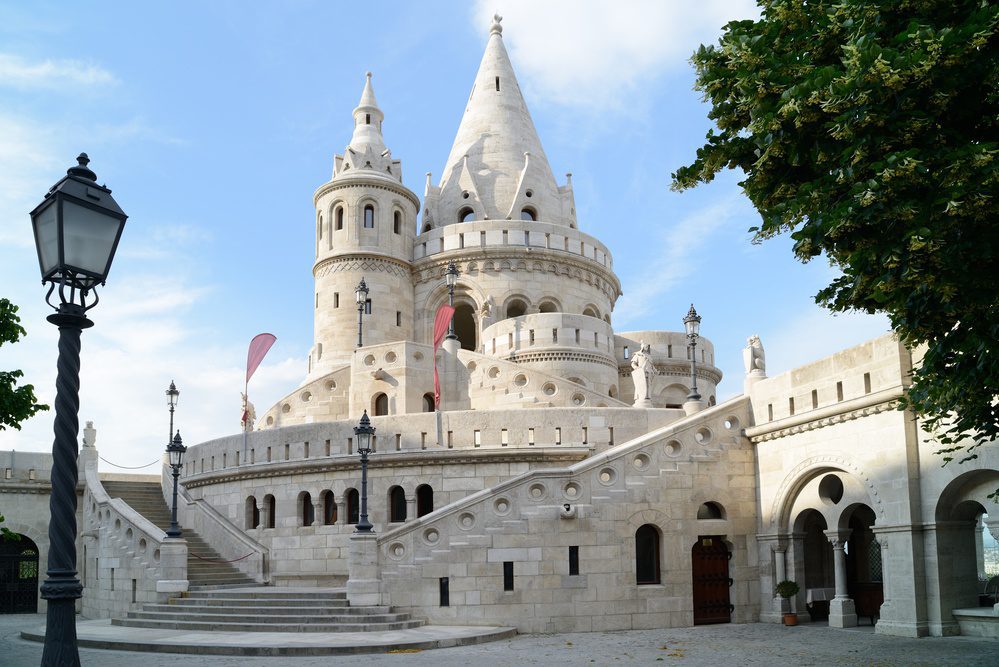
Matthias Church is a Catholic church built in the latter part of the 14th century in a Gothic style, replacing an even earlier Romanesque-style church dating back to the 11th century.
Also on Castle Hill is Buda Castle, a Baroque palace built in the 1700s.
The original structure dates back to the 1200s and was the residence of the Hungarian Kings throughout the years. Today, the palace houses the National Gallery and the Budapest History Museum, both of which have traditional daily hours. However, the Castle’s courtyards and surrounding grounds are open 24/7.
If you arrive on the hour between 8:30 and 5:00 p.m., you’ll also see the Hungarian Changing of the Guard at the castle. Or you just might want to head underground to explore the caves below Buda Castle which served as many things over the centuries including a medieval prison, wine cellars, and bomb shelters.
If you’re looking for some non-touristy things to do in Budapest, check out this Hospital in the Rock Tour. This is a guided tour of an underground WW2 bunker that was used as a top-secret military hospital!
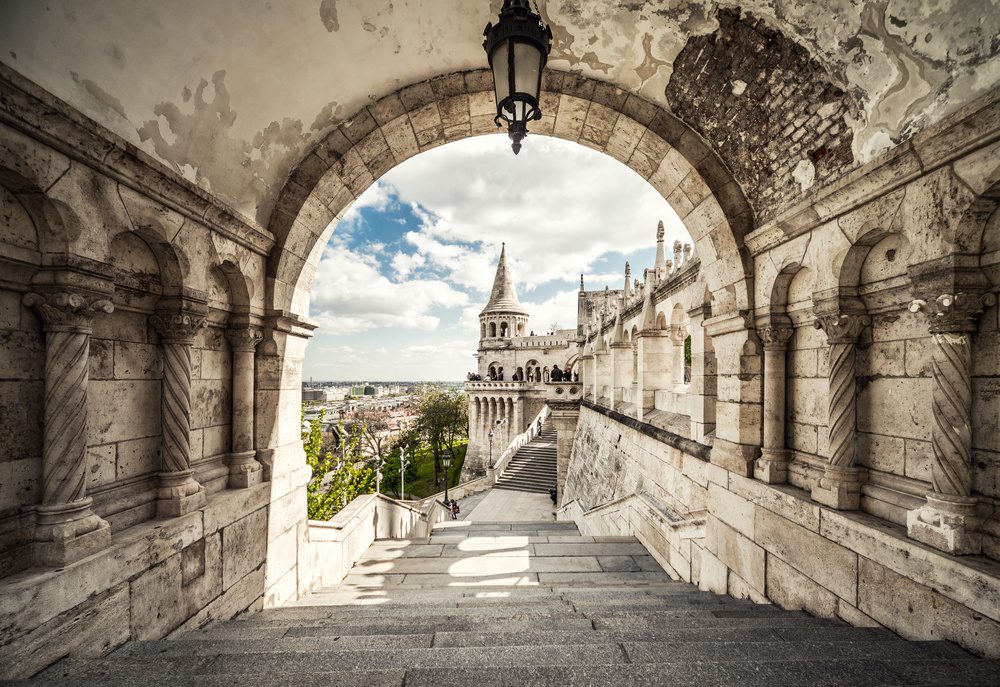
Tour Budapest’s Grand Parliament Building.
This ever-present architectural gem on the shores of the Danube is another of the many things to see in Budapest. You can opt to see it just from the outside but I recommend taking a guided tour of the inside. (You cannot get in without being part of a tour.)
The Parliament tour and its setup logistics take about 60-90 minutes. You can buy tickets online here and combine your visit with a city tour or get them through the official website. The website is in Hungarian but there is a way to switch the language to English at the top. Look for a tiny “HU” in the menu bar. this is where you can toggle between languages.
A limited number of same-day tickets are also sold at the Visitor’s Center below the Parliament building itself. Depending on the time of year you visit, this could be a long line and you’re at the mercy of whatever remaining tours that day have space.
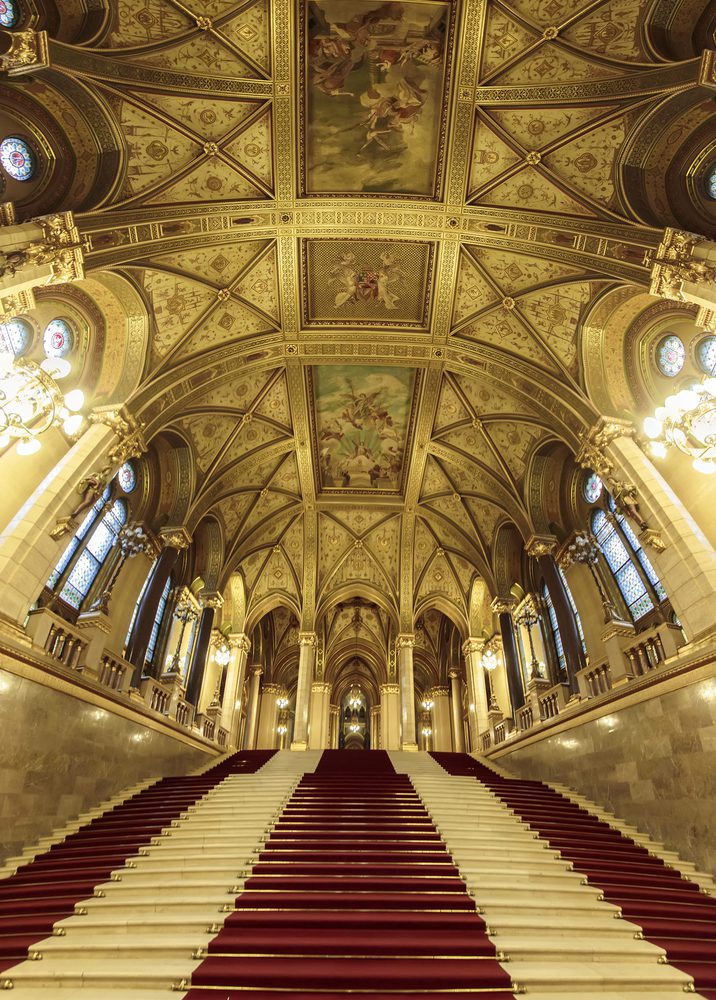
Take a Moment at the Shoes on the Danube Memorial.
Along the river, near Parliament, a simple but impactful bronze shoe exhibit stands as a memorial remembering Jewish people who were killed less than a day before the Soviets came to “liberate” the city.
Residents were told to take off their shoes and place their valuables inside of them. Then, they were shot execution-style along the river so their bodies would be swept off in the current.
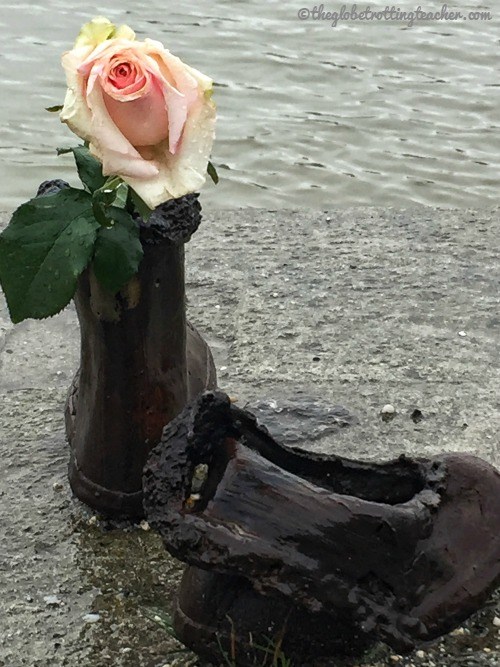
Soak in Budapest’s Thermal Baths.
Budapest is also famous for its thermal baths. Gellert Spa and Thermal Bath and Széchenyi Thermal Bath are the two most popular. With a ticket, you’ll have access to the baths and can also arrange spa treatments like a massage.
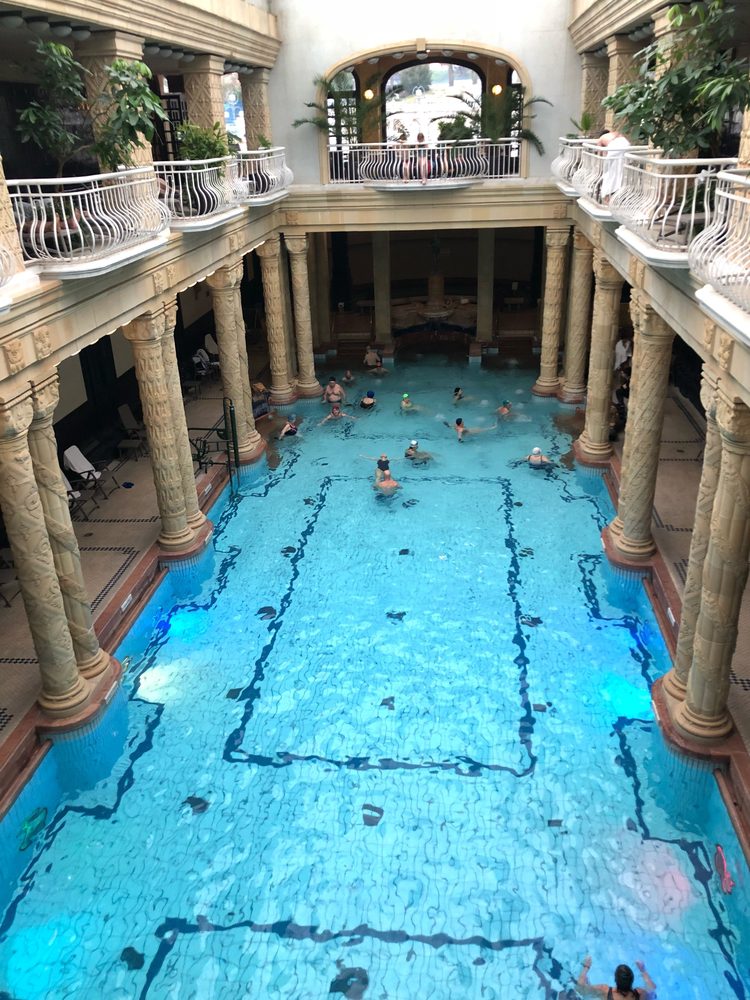
If you’re planning a visit to Budapest in summer, avoid the crowds and plan ahead. The baths are a major draw for visitors and can sell out during popular times.
Traveling to Budapest soon?
I had a comfortable stay and fantastic service at the Radisson Blu Beke. Research and book other great Budapest hotels on Hotels.com or Booking.com.
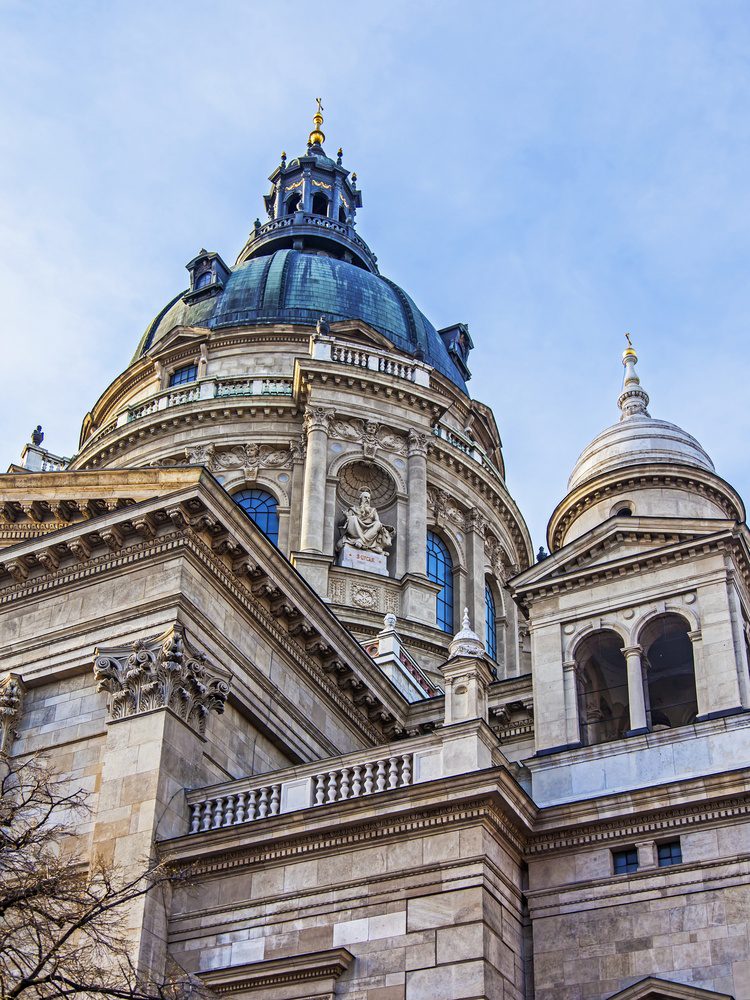
Visit Budapest’s Religious Sites.
Visit St. Stephen’s Basilica and Dohany Street Synagogue for a look at Budapest’s prominent religious structures. The architecture is unusual and the history, particularly of Budapest’s Jewish residents, is fascinating.
In fact, the Dohany Street Synagogue is the largest in all of Europe and the 2nd largest in the world. If you’ve traveled to other European countries and visited World War II sites like those in Normandy, it’s an altogether different perspective to what citizens of Budapest experienced, especially the Jewish population. The Dohany Street Synagogue played witness to all of this and more.
Walk along Andrassy Avenue.
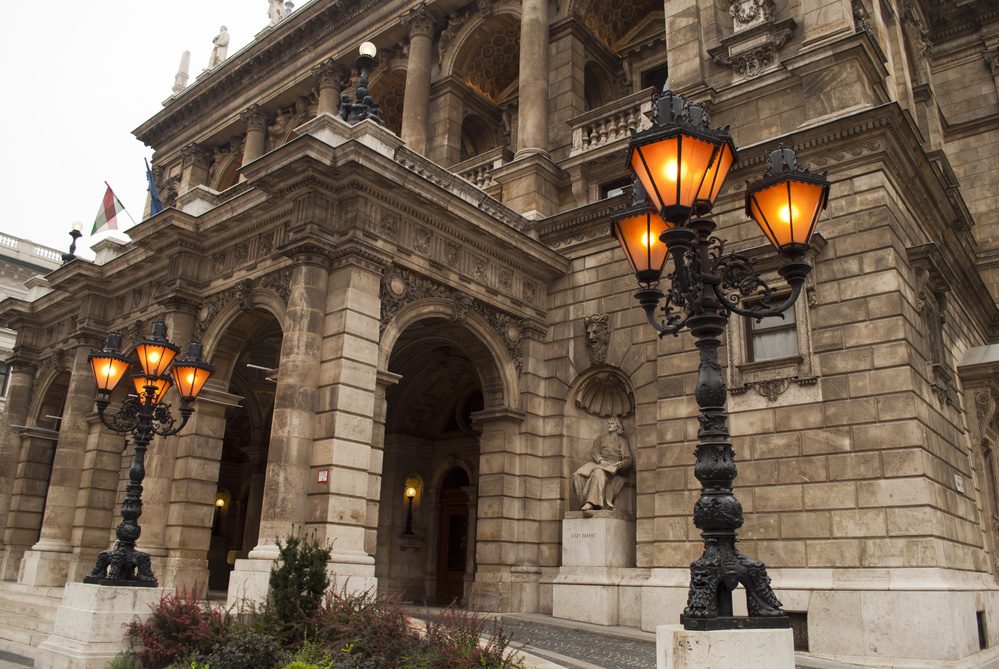
Andrassy Avenue is a place in Budapest where you can see the mix of old and modern. Just a walk along the avenue is an architectural tour from the renovated and refreshed, as well as mansions that are crumbling.
It’s along this walk where you can see both the grittiness and rebirth of Budapest over the past decades. The State Opera House is along Andrassy Avenue and guided tours are also possible. It’s absolutely one of the most gorgeous buildings you will ever see.
Visit Budapest’s Most Iconic Square.
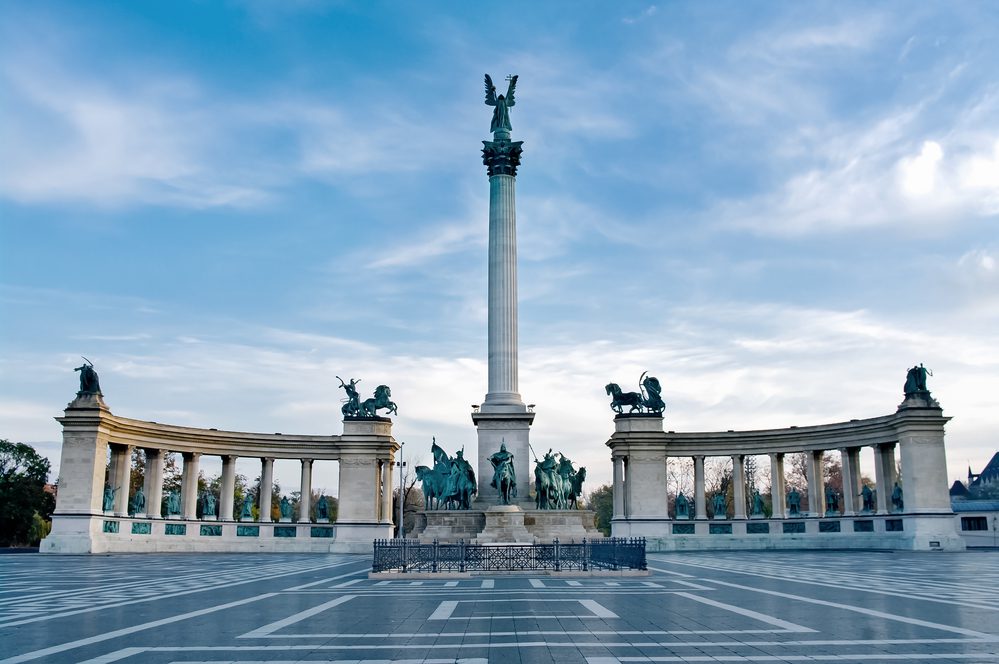
At the end of Andrassy Avenue where City Park begins is Heroes Square. The arc-shaped memorial centered around a tall column with the Archangel Gabriel on top remembers the 7 Hungarian tribes and their leaders who established the country of Hungary.
It was constructed in 1896 to commemorate the 1000th anniversary of these tribes conquering the land of what is now modern-day Hungary. Today, it’s one of the most visited and most photographed squares in Budapest. In 2002, Heroes Square and Andrassy Avenue were declared UNESCO World Heritage Sites.
Swoon over Budapest at Night!
After dark, be sure to see Budapest’s city lights from the water. It’s easily one of the best things to do in Budapest!
Boats operate from piers along the Pest side of the Danube. You can and should pre-arrange to take a sightseeing tour that loops past Budapest’s main sights and under its bridges or opt for a lengthier cruise with music and drinks.
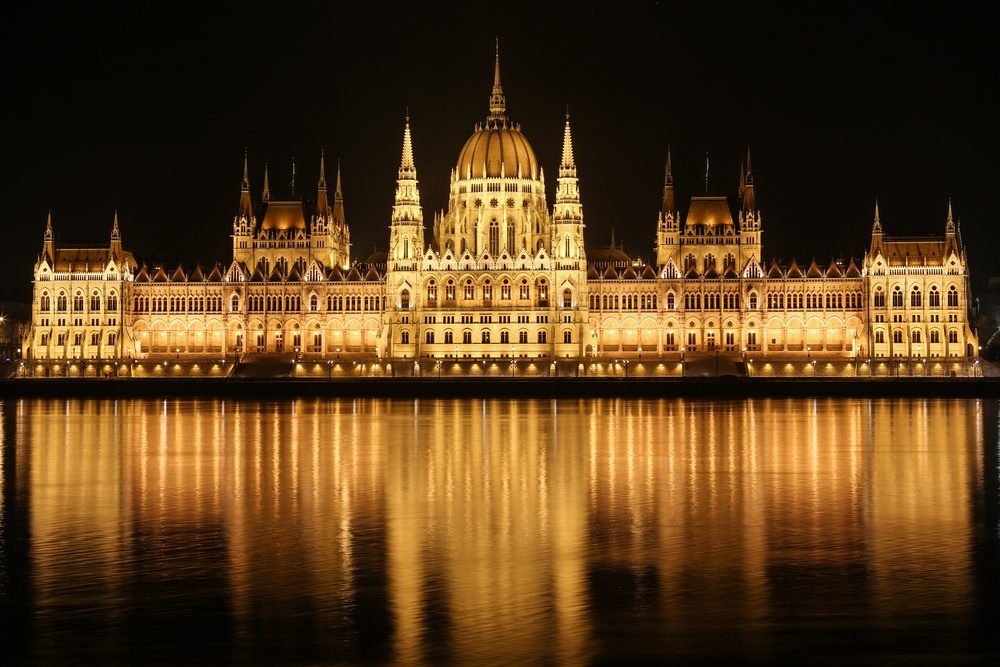
No matter how many days you have in Budapest, seeing the city from the water at night is a must. Have your camera ready! Budapest absolutely sparkles at night!
Spend a Night Out in Budapest’s Ruins Bars.
Wondering what to do in the evening in Budapest? After seeing the city dazzle from the water, have a Hungarian Beer at the Budapest Ruins Bars. The touristy but, still, fun Szimpla Kert plays different music in each room and the decor is fashioned with old computers, a car, and other odd salvage bits.
Getting To & Into Budapest
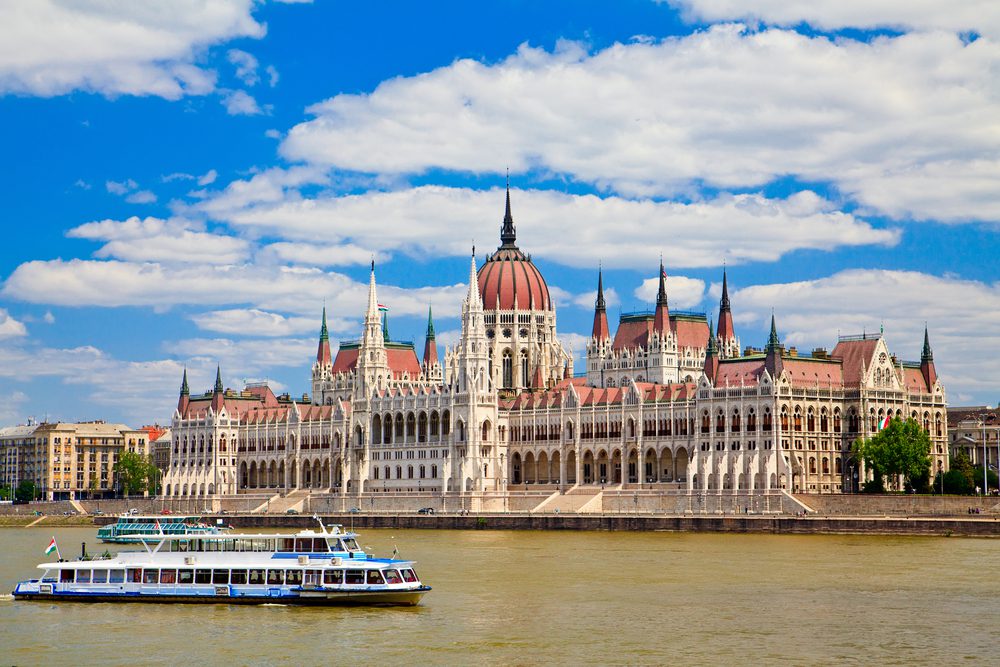
Budapest’s main train station is Keleti. Trains from Vienna are 2 1/2 hours while trains from Prague are just under 7 hours long. As you research your train options, plan to buy your train tickets ahead of time, as prices tend to go up the closer the departure date gets.
I’d read a few reports about Keleti Train Station’s sketchiness, particularly because of pickpockets. I’ve been through this station twice, once as a solo female traveler, and never felt unsafe. Still, it’s always important to be alert and keep your belongings within reach at all times.
If you’re arriving by plane, train, or cruise, book a transfer with Welcome Pickups. I’ve used them repeatedly for my transfers in Europe and around the world and have always had a great experience.
Never hail a taxi or get in a taxi parked at a taxi stand outside. There are numerous taxi scams to be aware of in Budapest. The best way to avoid this is to book your transfer in advance as mentioned above, use an app like Bolt (Uber in Budapest), or have your hotel arrange a pickup.
If you’re arriving at the airport, Budapest has also added a shuttle bus to transfer to the city center.
The 100E bus takes visitors from the airport to the Deák Ferenc tér central metro station. You can purchase a ticket for 3€ or 900 HUF at the vending machine or at a customer service desk in the arrivals area of the airport. Then wait for the bus between 5 a.m and half past midnight at the BKK stop conveniently situated between the arrival terminals.
Where to Eat in Budapest
Visit the Great Market Hall and walk through aisle after aisle of fresh meats, bread, and produce. Head to the upper level to order a Langos and other Hungarian specialties, like Goulash. The market is as much a sight to see, as it is a place where locals shop for food.
You can enhance your authentic Budapest foodie experience by joining locals for a Hungarian dinner or cooking classes.
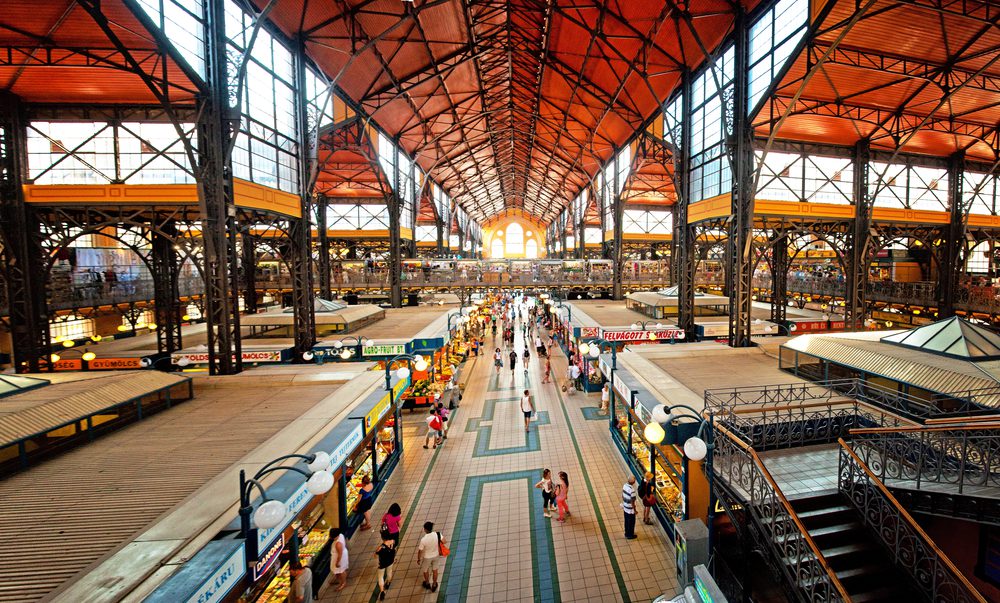
Enjoy Budapest’s colorful food scene with everything from Hungarian classics to restaurants serving cuisine from around the globe. Of course, you’ll want to taste some local specialties like roasted meats and hearty meat and bean soups served at favorites like Kispiac Biztro.
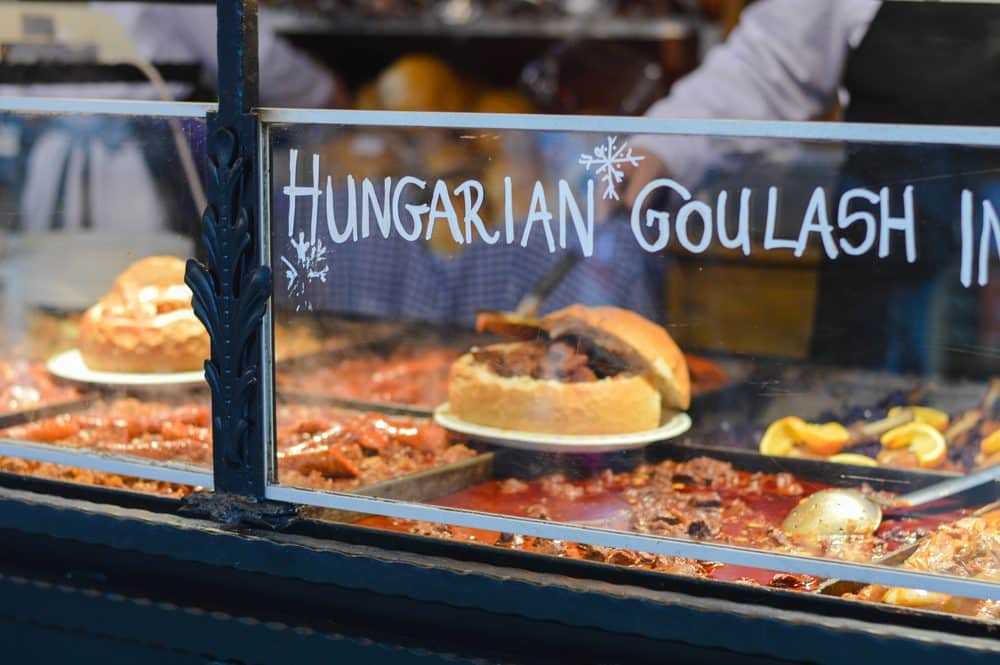
The area in and around the Ruins Bars is also a foodie area of Budapest. You’ll find cuisine that ranges from traditional Hungarian to tacos to Kosher vegetarian. Trofea Grill is not far from the Ruins Bars and has an eclectic array of foods from all over the world.
Where to Stay in Budapest
Staying along the Danube or within a 5-10 minute walk to the river will give you the best access to the sights you’ll want to visit on both the Buda and Pest sides of the city. The #2 tram also runs along the river and is a quick and easy way to get from Parliament to the Great Market Hall.
There are several well-situated properties if you’re hoping to use hotel points for award nights. IHG’s Intercontinental and the Budapest Marriott are right along the shores of the Danube.
Hotel Clark Budapest and the Hotel Moments Budapest are also highly-rated and centrally located.
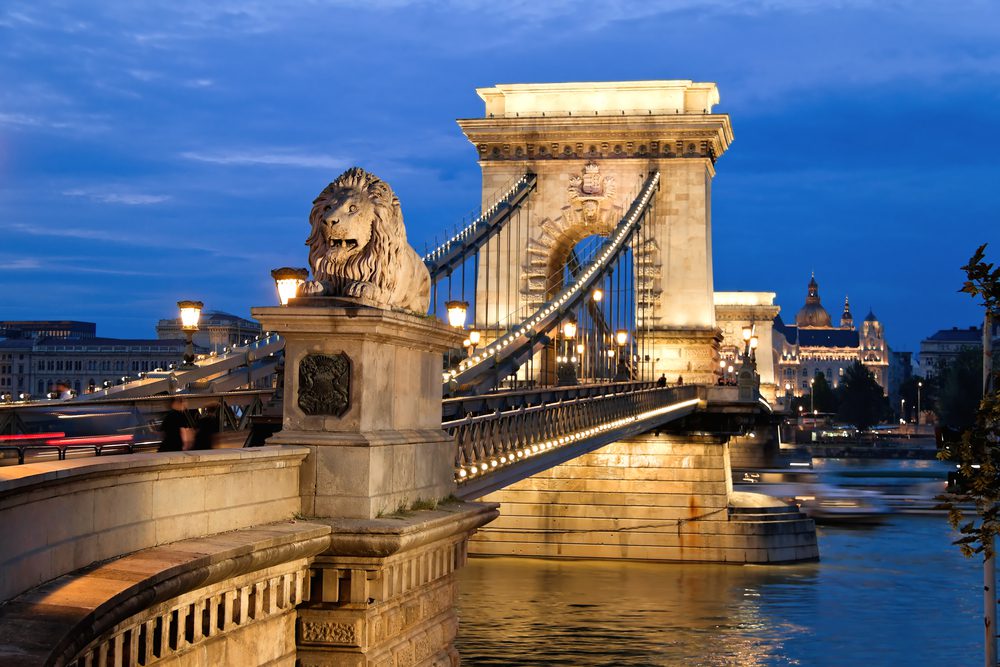
We stayed at the Radisson Blu Beke Hotel. It was a 10-minute walk to Parliament. The hotel lobby was open and bright, the staff was super helpful, and the rooms were comfortable. Since my stay, the rooms have been updated and are more in line with other Radisson Blu hotels where I’ve stayed.
If you have Radisson points, you can redeem them for a stay.
Travel Guide for Budapest FAQs
For a first trip to Budapest, I recommend 3 days. This will allow you to see the city’s sights and spend part or all of a day relaxing at one of the thermal bath spas. With careful planning and a constant pace, it’s possible to see Budapest’s main sights in only 2 days.
The months of May, June, September, and October are the best months to travel to Budapest. The weather is pleasant and the crowds of summer have eased. That being said, I did once visit Budapest in February, and although it was chilly, prices were lower and there was never a line to wait in. Not to mention, the Hungarian cuisine is perfect for warming you up on a cold winter’s day.
Visiting Budapest is much less expensive when compared to other European cities. In particular, the costs for a hotel and food are quite affordable.
Yes, overall, Budapest is safe. You should still remain alert, though. Like other touristy cities, Budapest does have petty crimes like pickpocketing and scams.
Absolutely, yes! The city is full of history, gorgeous architecture, and a vibrant cultural scene. If you’re planning a trip to Eastern Europe, in particular, add Budapest to your itinerary!
Bottom Line: Visiting Budapest is Unforgettable!
Budapest is a gorgeous city with incredible history and architecture. It’s not to be missed when planning a trip to Eastern Europe. Even long after your trip is done, Budapest will still dazzle in your memories!
So, what questions do you have about this travel guide for Budapest?
Like this post? Please share it on social media using the share buttons below.



